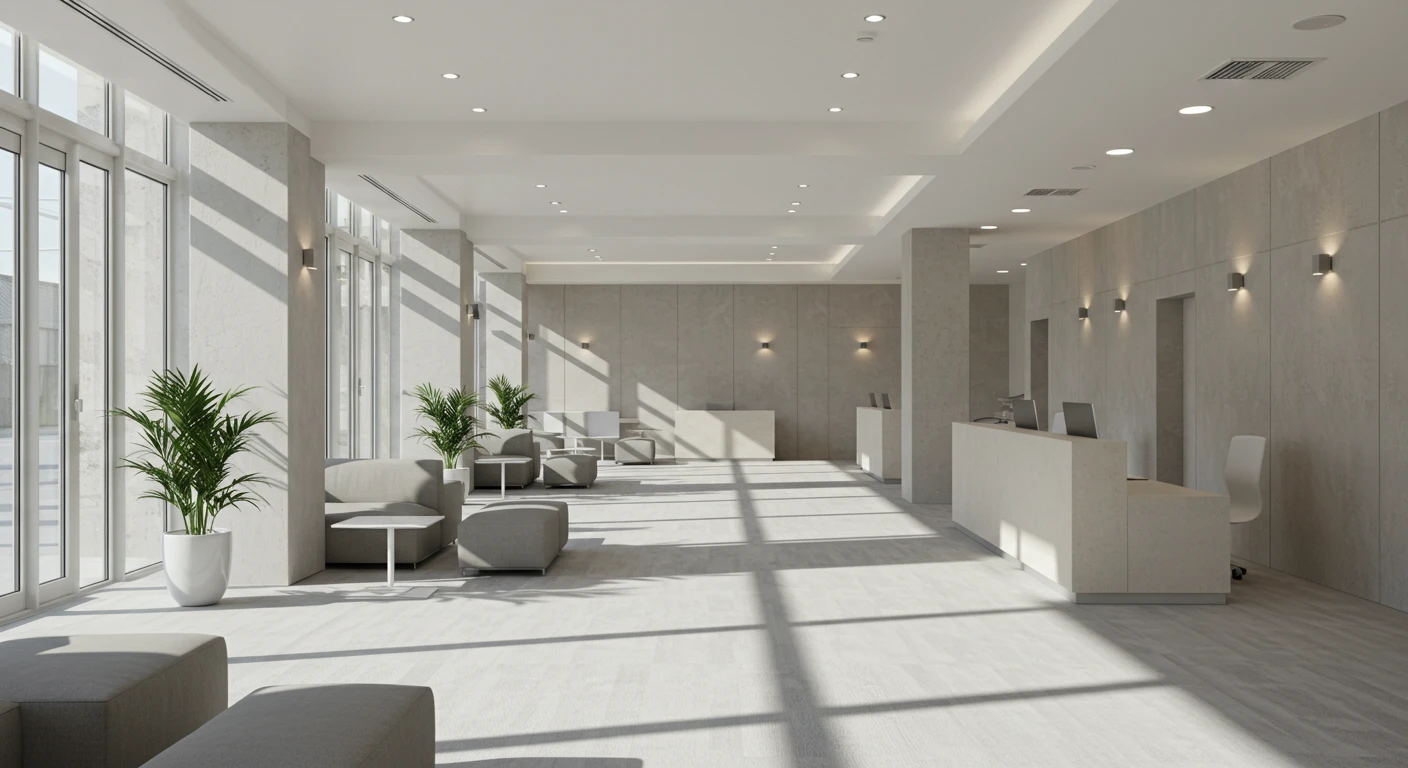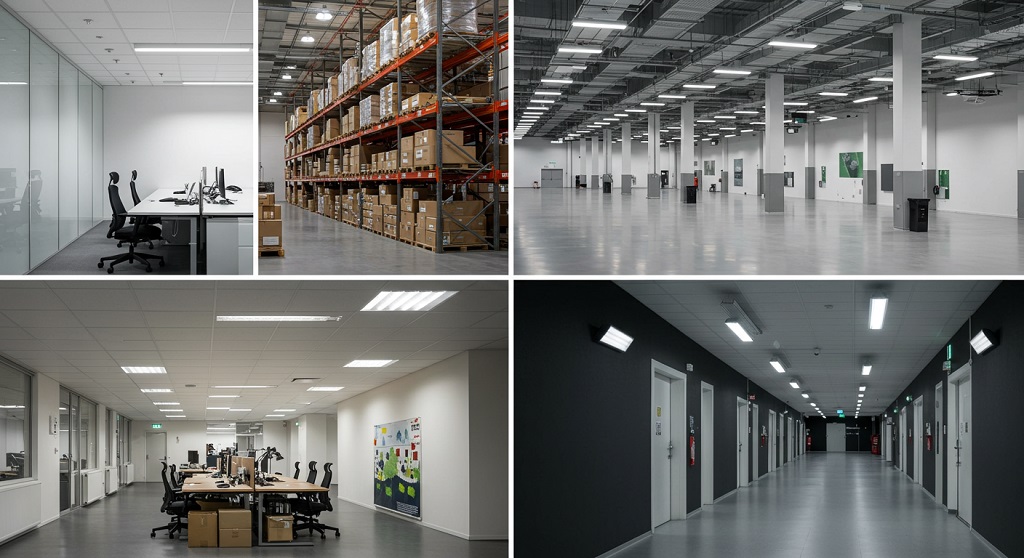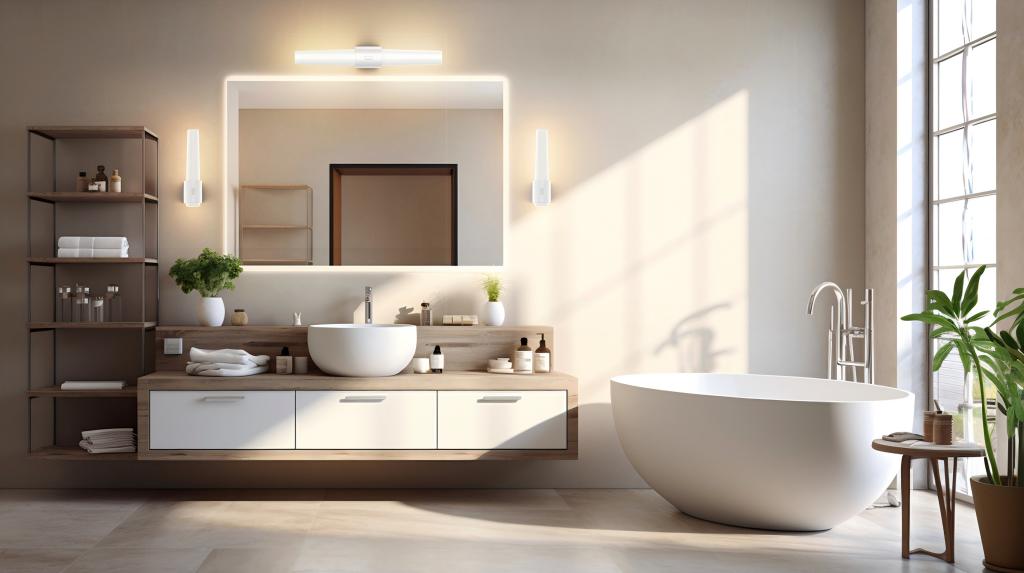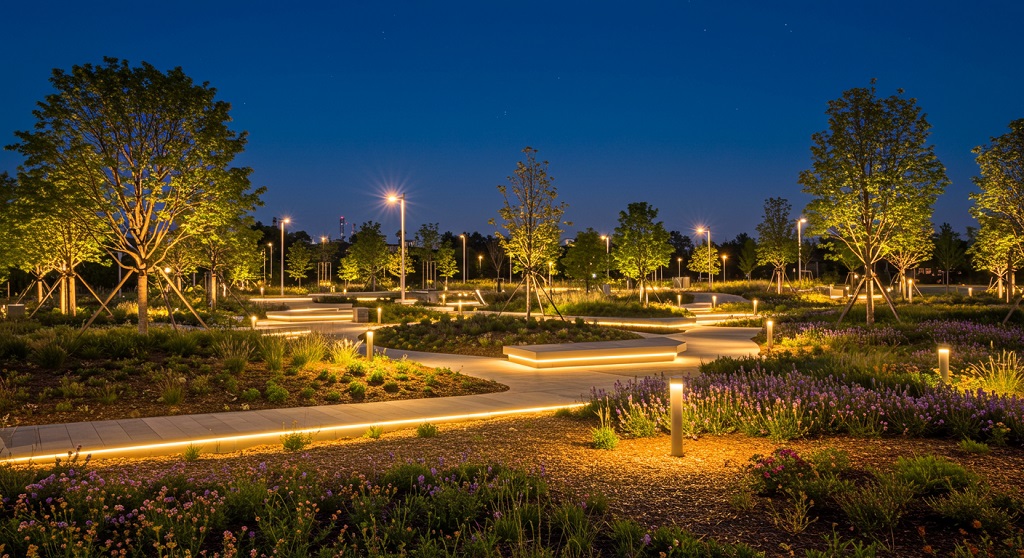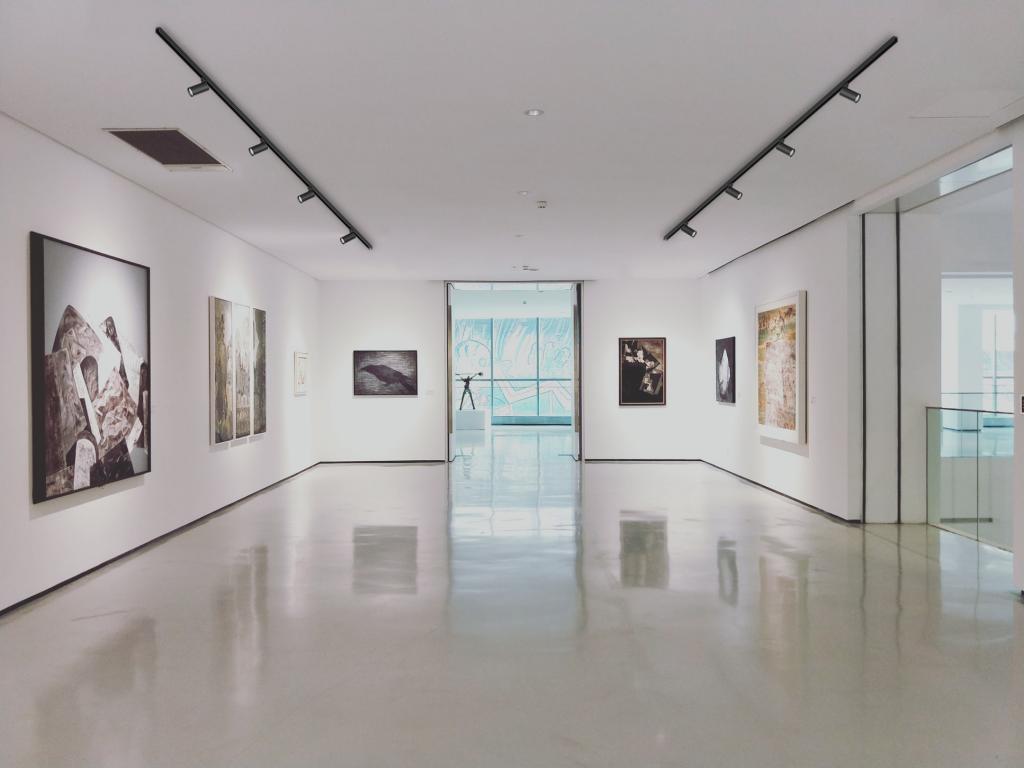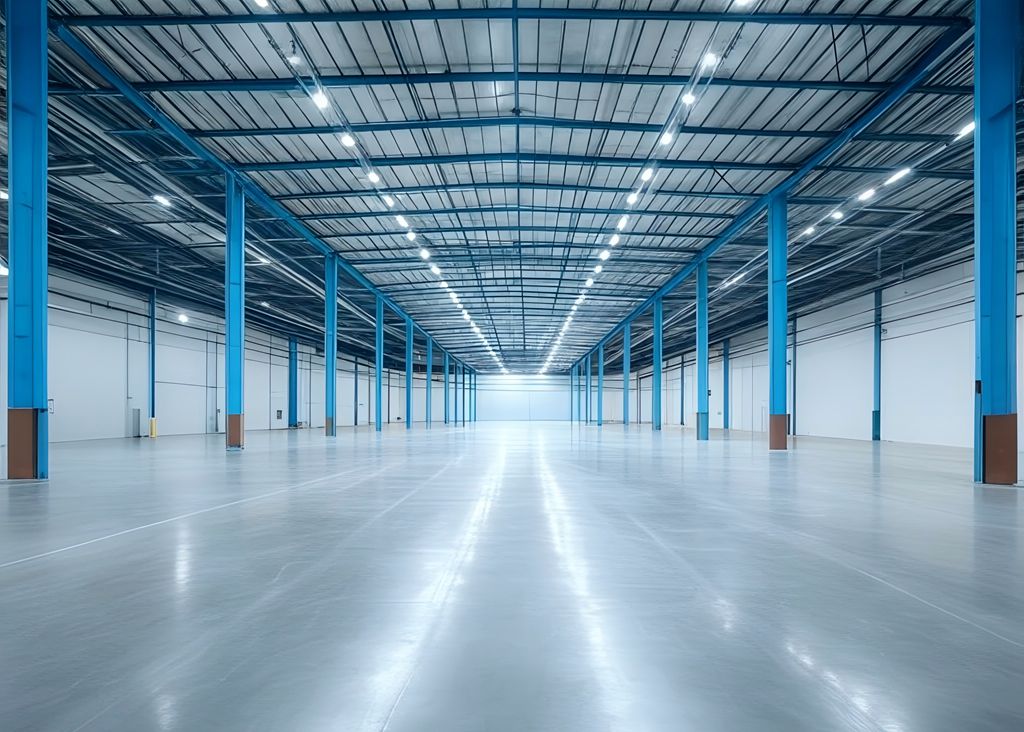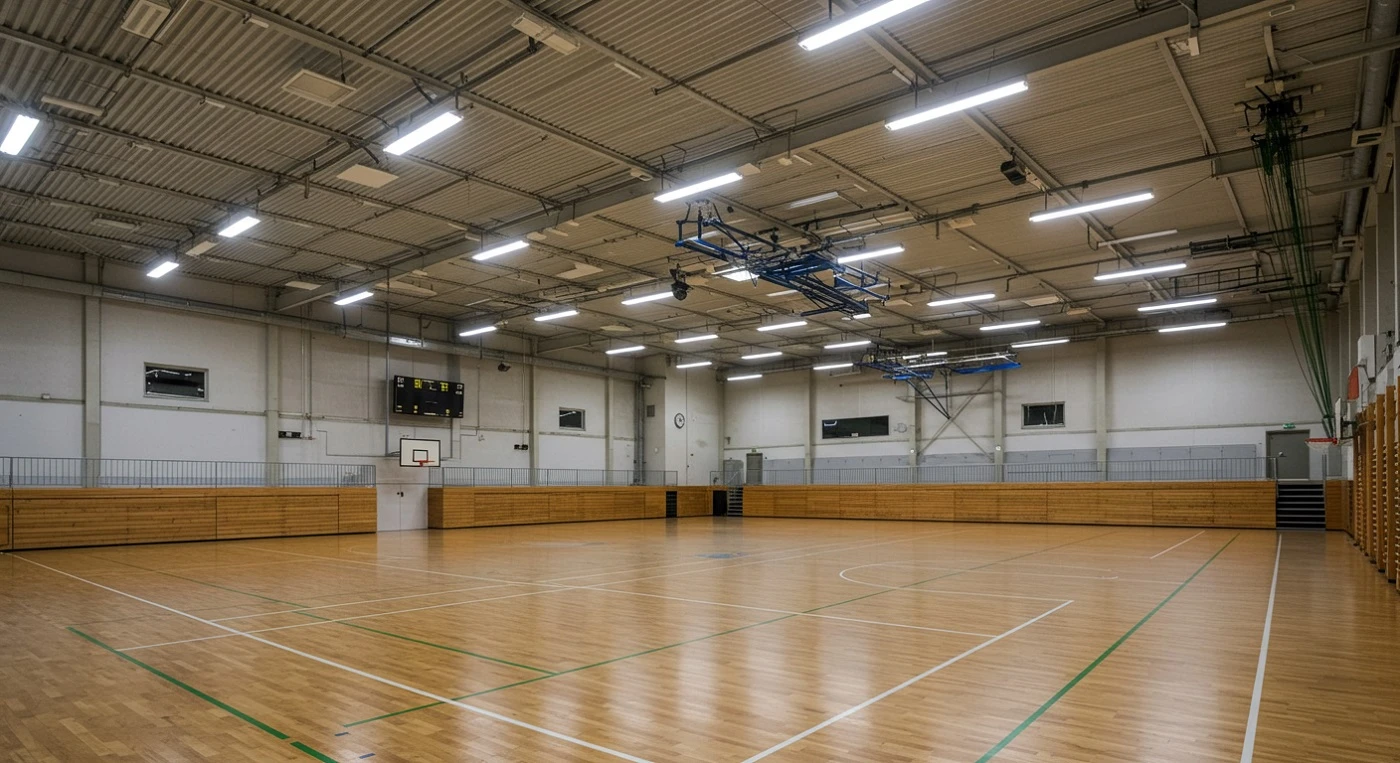
Sports halls are important places for people to exercise, compete and watch matches. The quality of sports hall lighting not only affects the performance of athletes and spectators' experience, but also affects the operational effect of the entire venue.
So, how can we create truly ideal sports hall lighting? This article will answer this question from several aspects.
What is Sports Hall Lighting?
Sports hall lighting refers to a professional lighting system that provides appropriate lighting for various indoor and outdoor sports venues.
It not only includes the main lighting of the competition or training area, but also covers the lighting of auxiliary areas such as the audience seats, lounges, locker rooms, etc. But usually, we focus more on the lighting of the main sports areas when we mention sports hall lighting.
This type of lighting is designed to ensure that athletes can clearly see the venue during competitions or training, and spectators can watch the game comfortably. Sometimes it needs to meet the needs of TV broadcasts.
What are the Special Requirements for Sports Hall Lighting?
Different from general lighting, sports hall lighting needs to deal with high-speed moving objects, complex visual environments and the needs of viewers. So it has its own particularity and professionalism.
Safety and Durability
The lamps can withstand possible impacts (such as basketballs, footballs, etc.) and meet electrical safety standards. The mounting method must also be firm and reliable.
High brightness and Uniformity
Different sports and different levels of competition (such as training, amateur competition, professional competition, and TV broadcast) have different requirements for the venue brightness.
Training may require lower brightness, while international competition TV broadcasts require very high brightness to ensure that the camera can capture every detail.
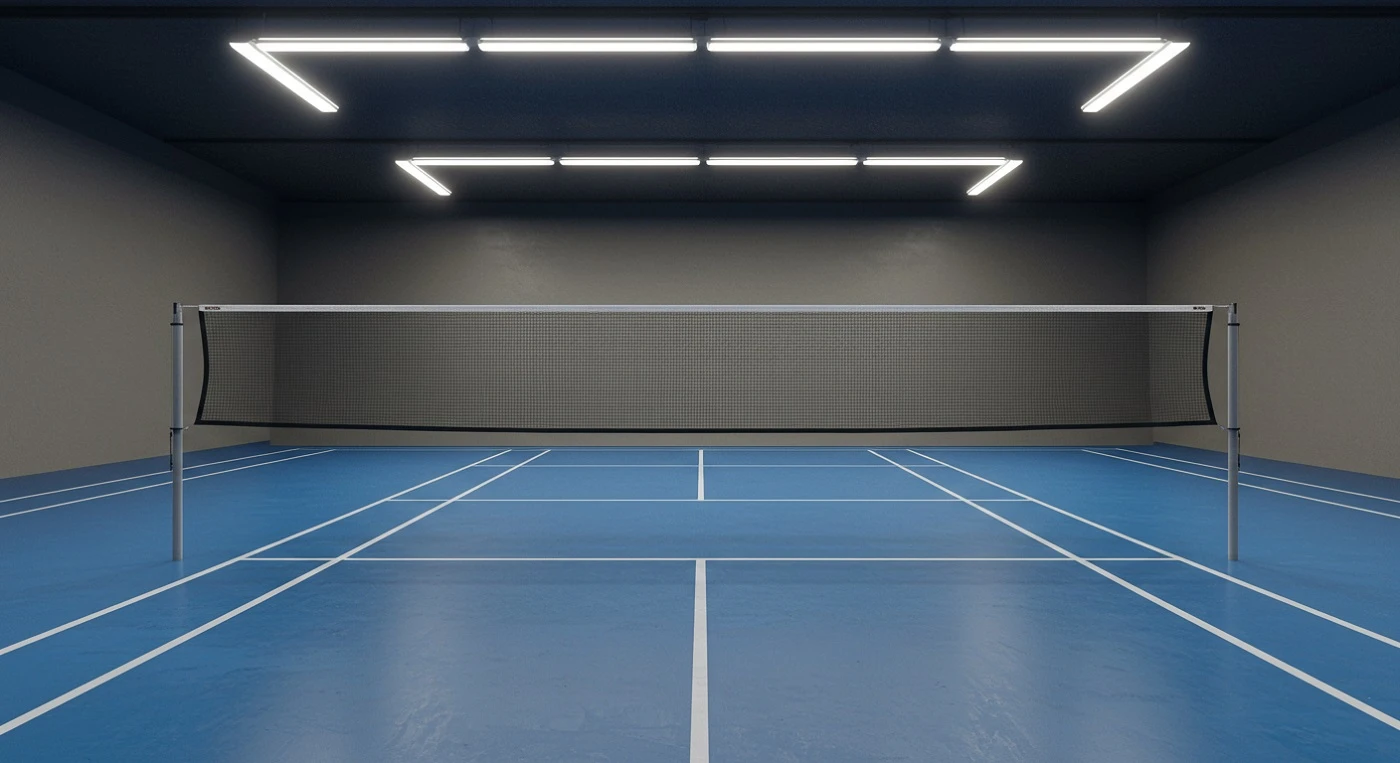
The light intensity must also meet the needs of different sports; for example, basketball requires higher brightness than badminton.
The light should be evenly distributed, without obvious bright and dark areas. Besides, pay attention to the anti-glare design of the lamps. These are designed to prevent the athlete's vision from being obstructed and thus affecting performance.
High Color Rendering Index
Lights with a higher color rendering index (CRI) can make objects appear more realistic. In a sports stadium, good color rendering means that athletes can accurately distinguish the colors of different team uniforms and balls, and referees can accurately judge the boundaries.
High CRI is also particularly important for live game broadcasts, allowing for more natural colors.
No Flicker Problem
To meet the shooting requirements of high-speed cameras, the flicker of lights must be controlled to a minimum to avoid obvious flickering in the picture.
Flickering will affect the camera picture and even cause dizziness or eye fatigue.
Flexible Intelligent Management
Some larger sports halls will be divided into multiple areas for different sports, which requires flexible zoning management. LED lighting control systems achieve this very well.
Due to the high frequency and intensity of lighting used in venues, real-time adjustment of intelligent systems can effectively reduce energy and maintenance costs.
International Standards for Sports Hall Lighting
There are clear international standards for sports lighting, such as the International Commission on Illumination (CIE) and International Sports Federations.
Using LEDs that meet these standards means transforming sports halls into safe and advanced environments. This will enhance the reputation and appeal of halls and encourage people to use and patronize them more.
Common standards include:
| Brightness Level | Different types of venues and uses have different requirements:
|
|---|---|
| UGR Glare Value | This should be controlled below 22(according to CIE standards). |
| Color Rendering Index | It is recommended to be ≥80, and some professional competitions require higher requirements (up to 90). |
| Illuminance Uniformity | It usually needs to reach above 0.7 (The illumination difference between the brightest and darkest areas cannot be too large). |
If your customers are in the European and American markets, you may also need to comply with EN 12193 (European standard) or IESNA (American standard).
LED Types for Sports Hall Lighting
Modern sports hall lighting has almost all turned to efficient, high-performance LED lights. Here are some common types:
- LED Flood Light: It can provide high brightness and long-distance light coverage, commonly used in large outdoor sports halls.
- LED Downlight/Panel Light: This is uniform and soft, suitable for small indoor sports halls.
- LED Track Light/Spotlight: Suitable for key area lighting, such as the referee's stand, auditorium, etc.
- LED Ceiling Light: It can be installed on the roof or ceiling to provide vertical lighting, suitable for indoor sports halls.
- LED High Bay Lights: The most common type of main lighting fixtures in sports halls.
- It can project light to the ground far away, designed for high ceiling.
- There are multiple beam angle choices to suit different installation heights and hall sizes.
- Many high-bay lights designed for sports halls also consider anti-collision design.
Ideal sports hall lighting is the "third eye" of athletes, the comfort guarantee of spectators, and the key to energy saving and consumption reduction of sports halls.
By understanding the special requirements of sports hall lighting, referring to professional standards, and selecting appropriate LED lights, you can also create a first-class light environment for your sports halls.

